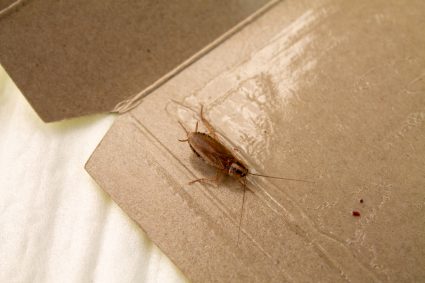
Keeping moisture out of your pantry is crucial in maintaining the quality of your stored food items and preventing issues like mold growth and pest infestations. Here’s an in-depth guide on how to effectively control humidity in your pantry.
To keep moisture out of your pantry, ensure proper ventilation, use a dehumidifier, store items in airtight containers, and use moisture-absorbing products. Keep the pantry away from heat and water sources, and regularly clean and maintain it. Also, be aware of early signs of moisture issues such as a musty smell, clumping of dry goods, or mold growth.
Understanding the Sources of Moisture
Before we delve into the solutions, it’s crucial to understand the common sources of moisture in a pantry. These include:
- Cooking and other kitchen activities
- Refrigerators and other appliances
- Poor ventilation
- Plumbing leaks
- Outside air during humid weather
- Damp soil under basements and crawlspaces
All of these sources can contribute to an increase in humidity and lead to moisture issues within your pantry.
How Moisture Affects Your Stored Food
Excessive moisture can have several negative effects on the quality and safety of stored food items:
- Mold and bacterial growth
- Decreased shelf life
- Packaging deterioration
- Altered taste, texture, and appearance
- Condensation risks
- Reduced effectiveness of preservation methods
Immediate Steps to Take
If you notice moisture in your pantry, here are immediate steps you need to take:
- Improve ventilation
- Identify the source of moisture
- Use moisture-absorbing products
- Dehumidify
- Organize and declutter
- Use natural moisture absorbers
- Check appliances and water sources
Preventing Moisture Build-up
To prevent moisture build-up in your pantry, consider these easy-to-implement strategies:
- Ensure proper ventilation
- Use a dehumidifier
- Store items in airtight containers
- Use moisture-absorbing products
- Keep the pantry away from heat and water sources
- Regularly clean and maintain your pantry
Best Storage Containers
Some of the best dry food storage containers include:
- Rubbermaid Brilliance Pantry Food Storage Containers
- Vtopmart Airtight Food Storage Containers
- OXO POP Containers
- Glass Jars
The Role of Pantry Design and Location
The overall design and location of a pantry can contribute to moisture problems. Factors such as poor ventilation, temperature fluctuations, inadequate humidity control, and poor organization can all contribute to moisture issues.
Early Signs of Moisture Issues
Before visible dampness or condensation appear, here are some signs that your pantry may be experiencing moisture issues:
- Musty smell
- Clumping of dry goods
- Foggy windows
- Mold or mildew growth
- Pest infestations
- Damaged packaging
Effective Products for Humidity Control
Consider using these products and devices to control humidity levels in your pantry:
- Dehumidifiers
- Moisture Absorbers
- Humidity Control Packs
- Humidity Sensors
By implementing these strategies, you can effectively control humidity in your pantry and prevent issues such as mold, mildew, and food spoilage. Remember, maintaining a dry pantry is not just about preserving the quality of your food, but also about ensuring the health and safety of your family.
Frequently Asked Questions
What are some examples of natural moisture absorbers?
Some natural moisture absorbers include baking soda, rice, and salt. These items can be placed in small bowls or sachets and kept in various corners of your pantry.
How do dehumidifiers work?
Dehumidifiers work by drawing in air from the room, removing the moisture, and then releasing the dry air back into the room. They are an effective tool for controlling humidity levels in enclosed spaces like a pantry.
How often should I clean my pantry to prevent moisture build-up?
It’s recommended to clean and inspect your pantry at least once a month. This helps to ensure any early signs of moisture or mold are caught and dealt with promptly.
Can I use a fan to improve ventilation in my pantry?
Yes, using a fan can help improve ventilation, especially if your pantry doesn’t have windows or other natural ventilation sources. However, ensure the fan does not blow directly onto food items to avoid drying them out.
What is the ideal humidity level for a pantry?
The ideal humidity level for a pantry is between 50-60%. This helps to prevent the growth of mold and bacteria, which thrive in high humidity environments.











